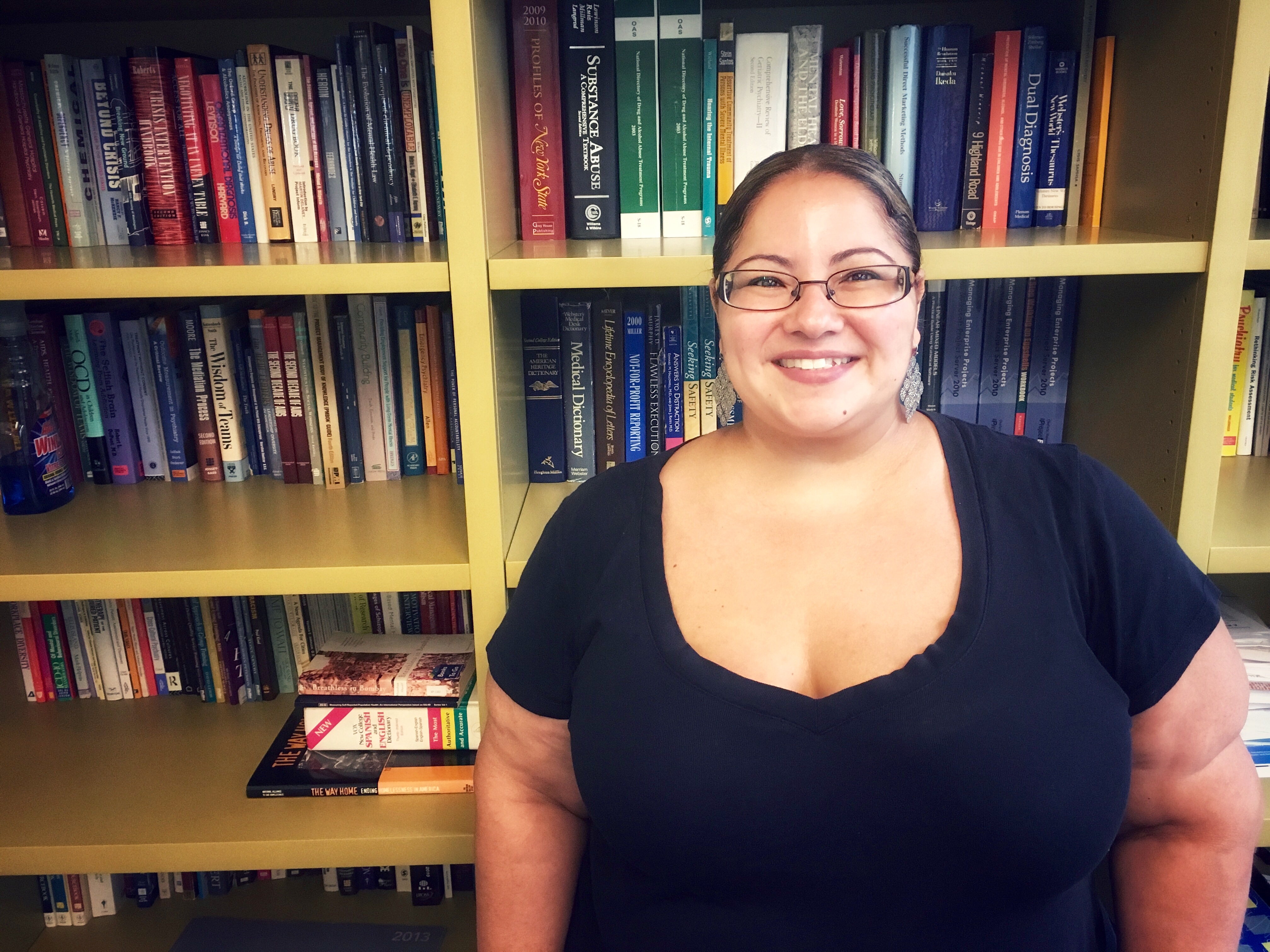Blog

Endless Opportunities: An Interview with Housing Resource Center Director Anica Velez
October 8, 2019Safe, affordable housing is a fundamental part of preventing homelessness. When making the first steps towards housing, the application process may seem intimidating, but we are here to help. Our Housing Resource Center provides referral and technical assistance for mental health supportive housing, working primarily with service providers as they navigate the application process on behalf of their clients.
The Housing Resource Center consists of three main programs: Single Point of Access (SPOA); NY/NY Referral Assistance, Consultation, and Training; and our Reentry Coordination System (RCS). The center also provides trainings, resources, and more to help educate applicants and providers alike about NYC housing. Plus, we offer walk-in and phone consultations—anyone with a question can call (212) 801-3300, Monday through Friday, 9am – 5pm, and ask to speak to a housing consultant.
We sat down with Anica Velez, the Director of the Housing Resource Center, for a glimpse into the work that the center is doing every day to help people arrive home and build brighter futures.
What is your guiding philosophy when it comes to connecting people with housing?
I tell my teams to approach every day new. Sometimes you will see the same people cycle in and out, and you will see the same names come across your desk over and over again. I am always reminding people that recovery is a process. Even if they interviewed and were placed into housing six months ago and it did not work out, they might be in a completely different place and ready for it right now. So, just always approach it like: How can I help this person? How can I best meet their needs where they are at right now? There are always endless opportunities.
How does the Housing Resource Center work with people to overcome the challenges of the housing application process?
A lot of it is really educating people about the process, helping people learn how to navigate systems, who to contact for what information, giving them a heads-up of what the process could look like, the possibility of being waitlisted for a bed versus immediate placement, explaining the reasons why there may be a waitlist.
Also, just being there. A lot of times, people just want somebody who is going to listen. They are frustrated; they just need a sounding board. Then, trying to offer a little guidance, assistance, and navigation—that can go a long way.
What are some ways the Housing Resource Center is working to improve access to housing?
There are a couple of things that we do. We have the CUCS Vacancy Update, contracted by the NYC Department of Health and Mental Hygiene. Providers send us their vacancy information, and we publish it every two weeks, so that referring workers can use it as a resource and see what providers are posting vacancies that they can reach out to possibly get their client into them.
We also do a lot of training. I do two trainings monthly. One is New York City Housing 101, which is an OMH funded training. It goes over the OMH housing models, and also how to work effectively with individuals to get the information to create a balanced HRA 2010E application.
What do you work on in those trainings?
I always tell people that HRA is never going to meet your applicant; it’s a paper review, based off of what you submitted and what they already may have from previous submissions on your applicant. So you really have to bring the applicant to light and work with individuals to see them as whole individuals and not just this sum of their diagnosis and some of their worst moments. What interests do they have? What are their own goals for themselves? What are they willing to compromise on when it comes to housing and how do you talk to them about that? We work on creating documentation that shows a whole person. I always tell people to work with individuals the way you would want someone to work with one of your family members.
Do you have a go-to piece of advice you give to people as they apply for housing?
If I am speaking with a social service provider, then I am telling them that they are doing this with their clients, not for their clients. So, their client should be involved in every step of the process. They should always be communicating what that process may look like and preparing people for things. Be there every step of the way with them. Whether or not they are working with someone for one hour or five years, they become a partner in their recovery process.
When I am speaking to an applicant themselves, I say that I know it can be very frustrating, but to just be patient with the process, because it does work—and I’ve seen it work. If you have any questions at all throughout, we’re here for you and you can reach out.
What is your favorite thing about working in the Housing Resource Center?
I’ve been here almost 14 years, and I think that my favorite thing is when you find out that somebody actually got placed. No matter how long it took, or how frustrating the process may have been, the fact that you made a difference in someone’s life, whether they know it or not. Especially with the reentry program, when you see people coming out, and you know that the work that you did, at the end of the day, might have given them a better chance as they reintegrate into the community. Then, you get to do it all over again tomorrow.
